The solemn strains of a funeral march have echoed through human civilization for centuries, carrying within their measured rhythms the collective weight of grief, remembrance, and something far more profound—an attempt to grasp eternity through sound. From the muffled drums of military processions to the transcendent harmonies of orchestral requiems, this musical tradition transcends mere ceremony, becoming a bridge between the temporal and the eternal.
What makes the funeral march such a potent cultural artifact is its duality. On one hand, it mirrors the physical act of mourning—the slow, weighted steps of pallbearers, the downward tug of gravity both literal and emotional. The tempo is invariably largo or adagio, mimicking the human heartbeat in moments of profound stillness. Yet within this constraint, composers have found astonishing variety. Compare the stark, militaristic austerity of Chopin’s Piano Sonata No. 2 with the lush, consolatory harmonies of Fauré’s Pie Jesu, and one begins to understand how death’s music refracts through different cultural prisms.
The association between slow processional music and mortality predates written history. Ancient Egyptian tomb paintings depict musicians walking before sarcophagi, their instruments tuned to scales now lost. The Roman nenia, a dirge sung by professional mourners, evolved into medieval plainsong requiems. What’s remarkable is how these early forms already contained the DNA of modern funeral music—the descending melodic lines (symbolizing the soul’s journey), the repetitive rhythms (echoing ritual), and above all, the use of music to sanctify linear time when confronted with death’s finality.
By the Baroque era, the funeral march crystallized as a distinct musical form, often employing specific symbolic devices. Purcell’s Music for the Funeral of Queen Mary (1695) introduced the flatulent solemnity of sackbuts (early trombones), while Handel’s Saul featured the first notated use of muffled drums in its "Dead March." These works established conventions still recognizable today: the dotted rhythms suggesting halting steps, the minor keys with sudden luminous shifts to major, as if glimpsing an afterlife.
The 19th century saw the funeral march ascend to its artistic zenith, paradoxically through secularization. Beethoven’s Eroica Symphony (1805) transformed the genre by making it democratic—no longer just for royalty, but for fallen heroes. Mahler later expanded this vision, weaving folk tunes and birdcalls into his Kindertotenlieder, suggesting death as part of nature’s cycle. Even jazz, that most vivacious of genres, produced its own requiems, as in Jelly Roll Morton’s "Dead Man Blues", where the trumpet’s wah-wah mute mimics a weeping voice.
Modern iterations continue to evolve while retaining core archetypes. Electronic music pioneers like Brian Eno use droning ambient tones to simulate the "slow time" of mourning, while film composers such as John Williams employ the funeral march structure (as in Schindler’s List) to memorialize historical tragedies. What remains constant is the music’s function as a temporal vessel—through its duration, listeners experience compressed grief, then release, then something resembling peace.
Perhaps the most fascinating aspect is how funeral music flirts with timelessness even as it marks time. The very act of stretching a musical phrase, of suspending resolution through harmonic tension, mirrors humanity’s struggle against mortality. When those final chords resolve—as in the aching major-key turn at the end of Barber’s Adagio for Strings—we’re left not with an ending, but with the sense that the music continues somewhere beyond hearing. In this way, the funeral march becomes more than memorial; it is art’s most profound rebuttal to silence.

By /Aug 7, 2025

By /Aug 7, 2025
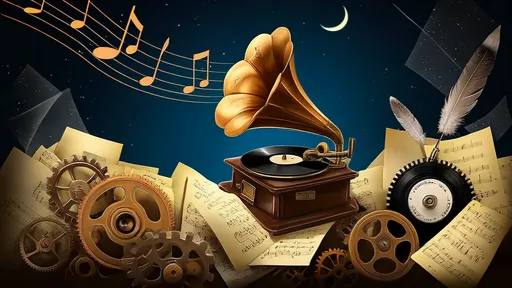
By /Aug 7, 2025
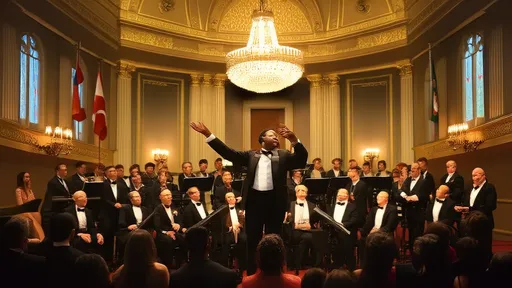
By /Aug 7, 2025

By /Aug 7, 2025
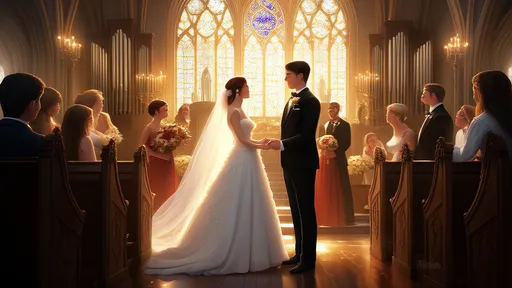
By /Aug 7, 2025
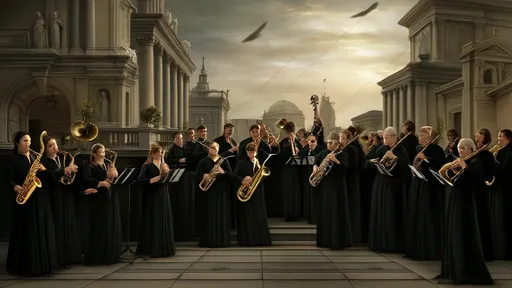
By /Aug 7, 2025
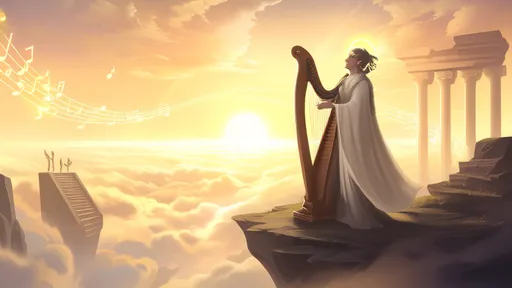
By /Aug 7, 2025
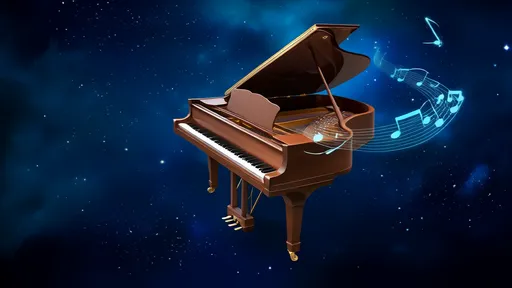
By /Aug 7, 2025
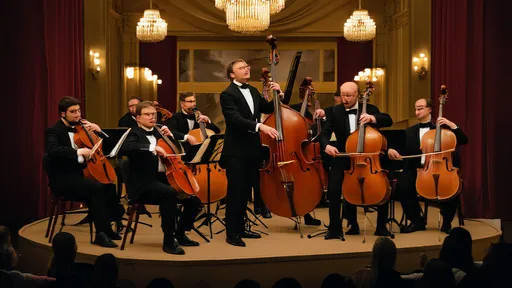
By /Aug 7, 2025

By /Aug 7, 2025

By /Aug 7, 2025

By /Aug 7, 2025
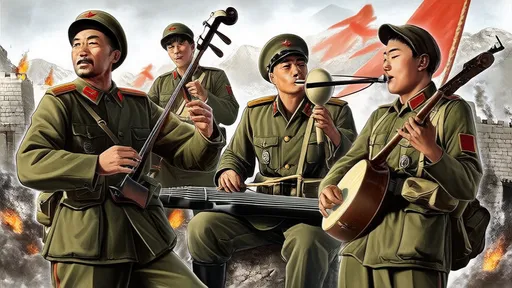
By /Aug 7, 2025
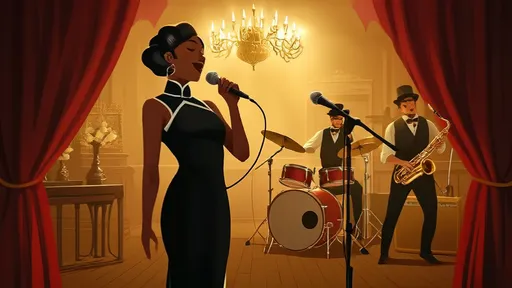
By /Aug 7, 2025
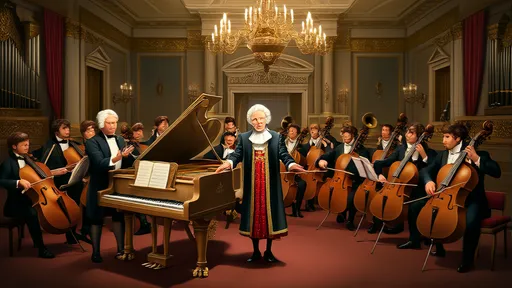
By /Aug 7, 2025
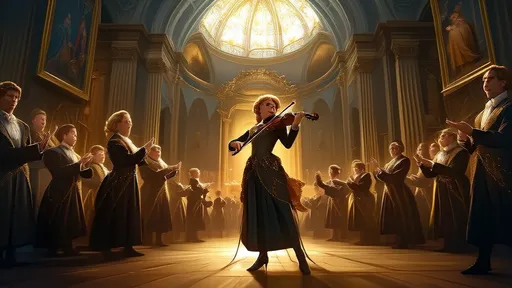
By /Aug 7, 2025

By /Aug 7, 2025
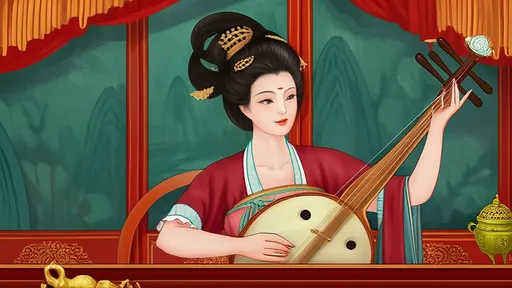
By /Aug 7, 2025
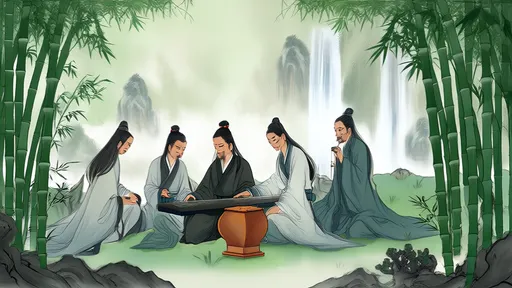
By /Aug 7, 2025